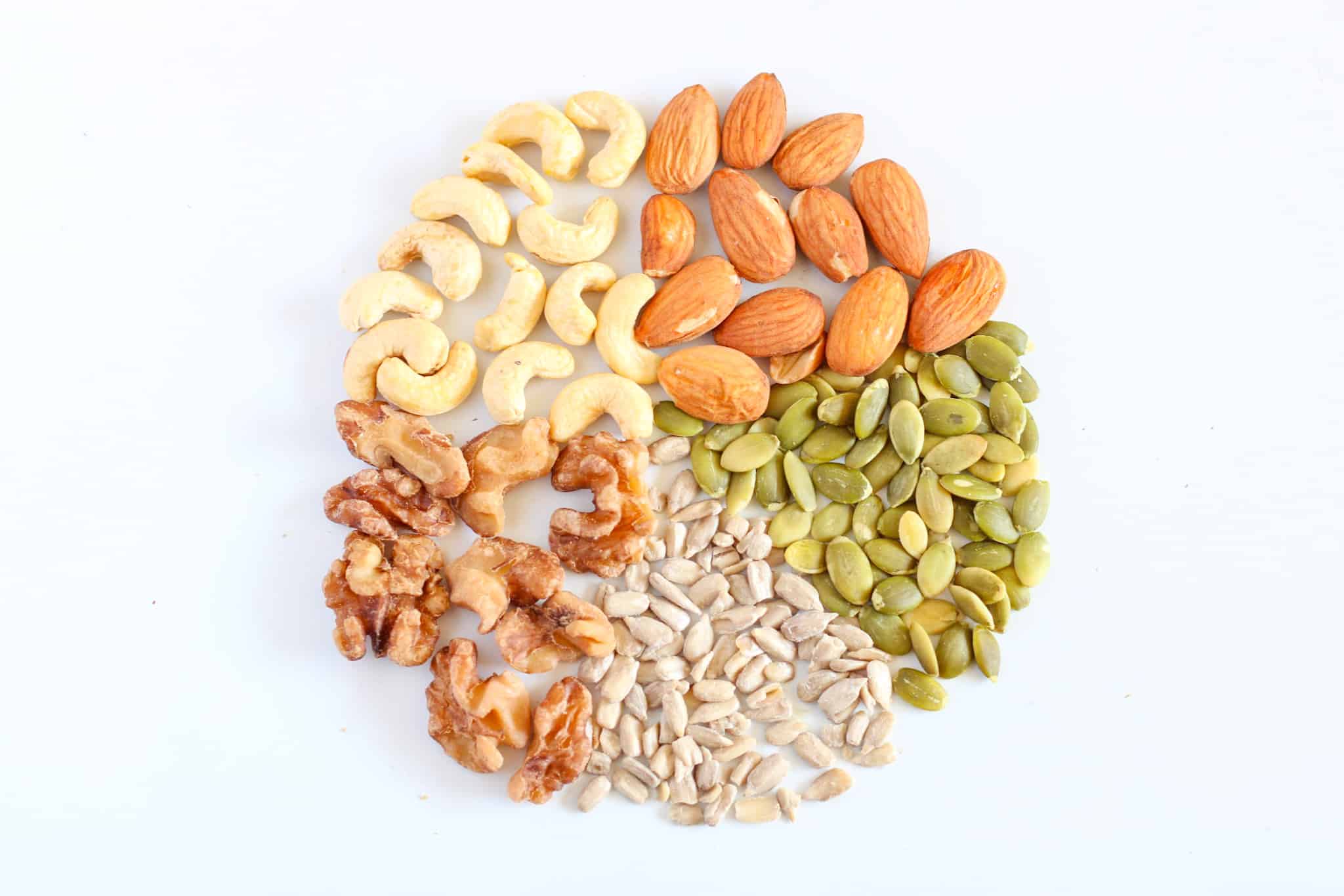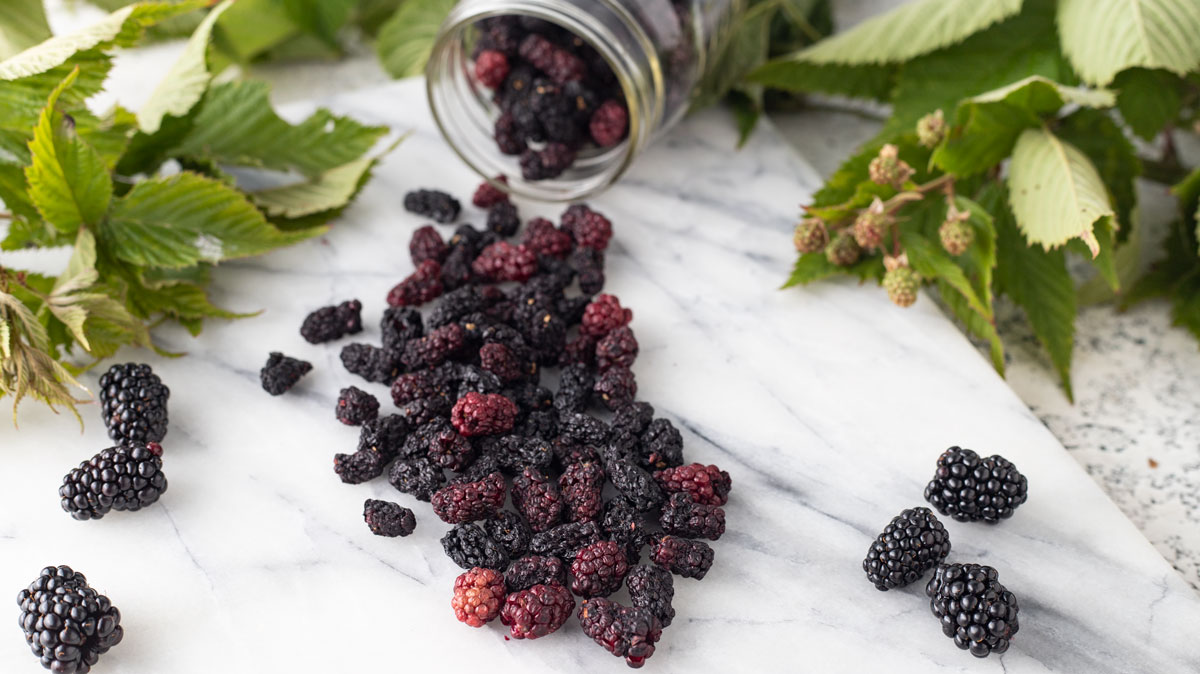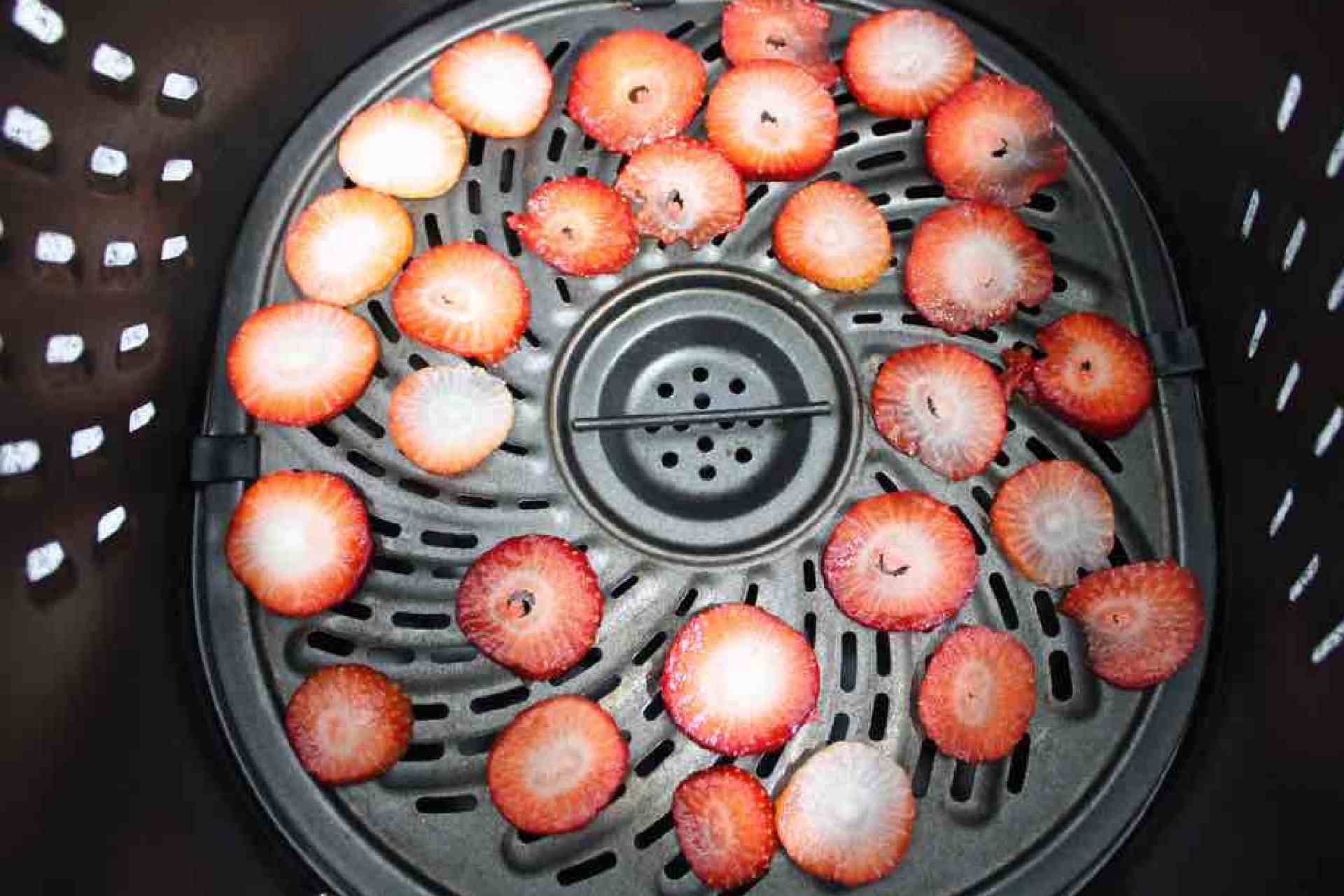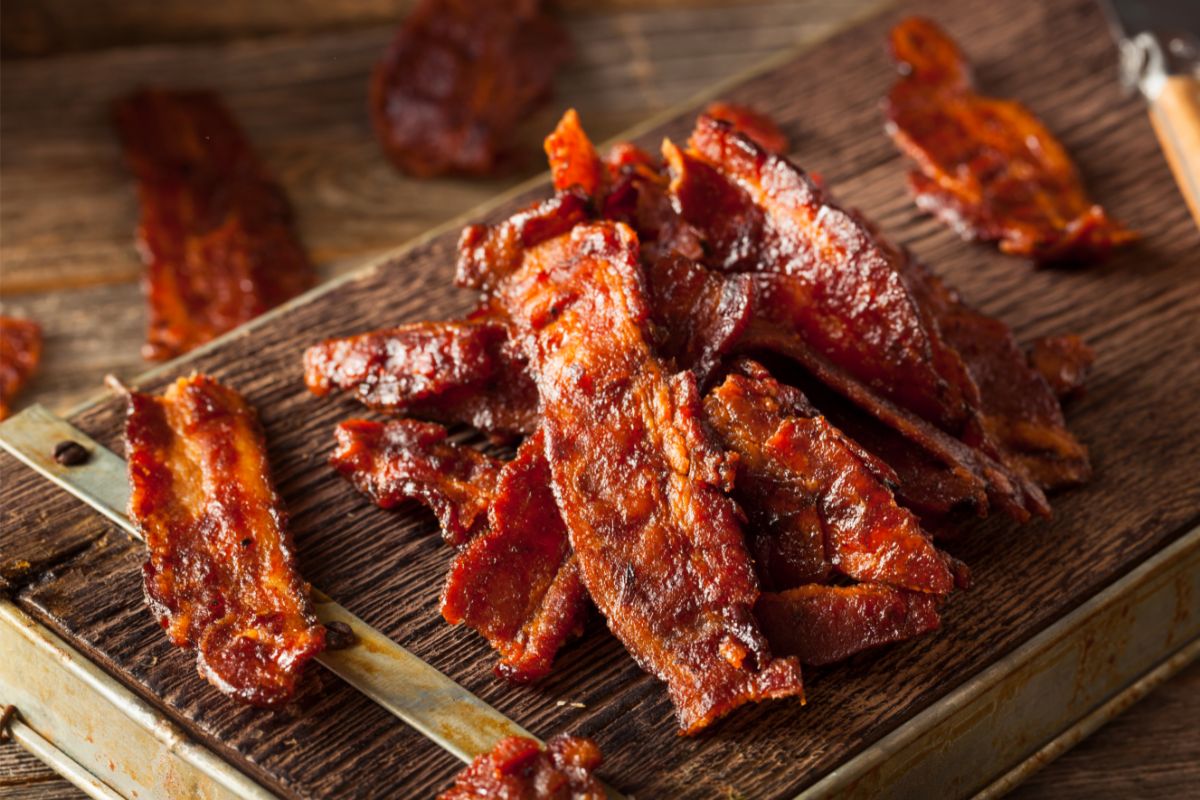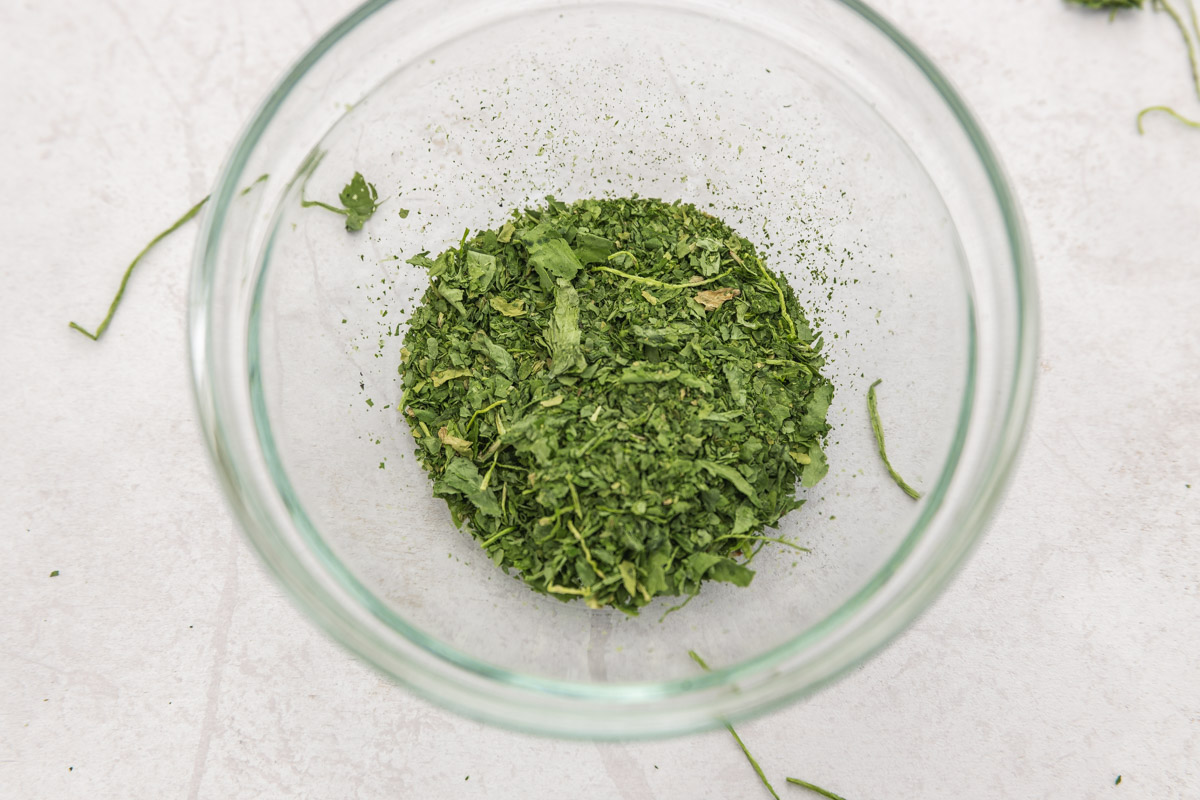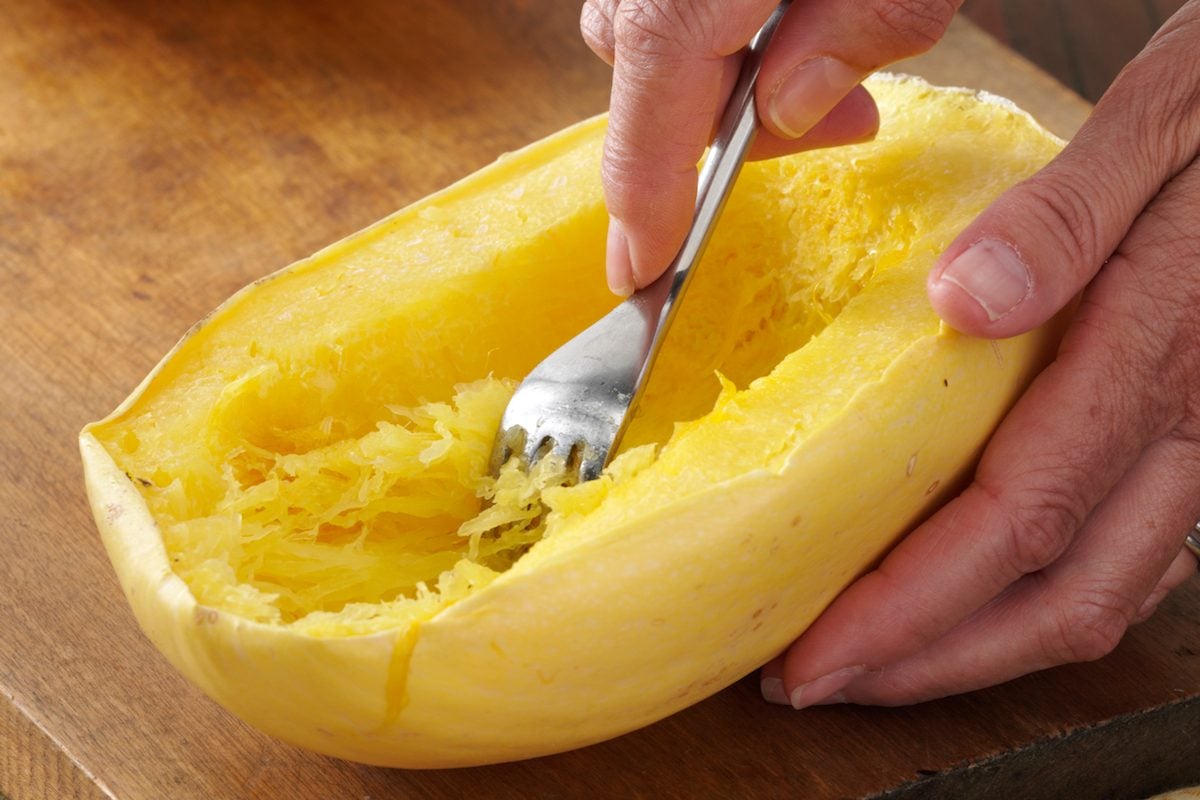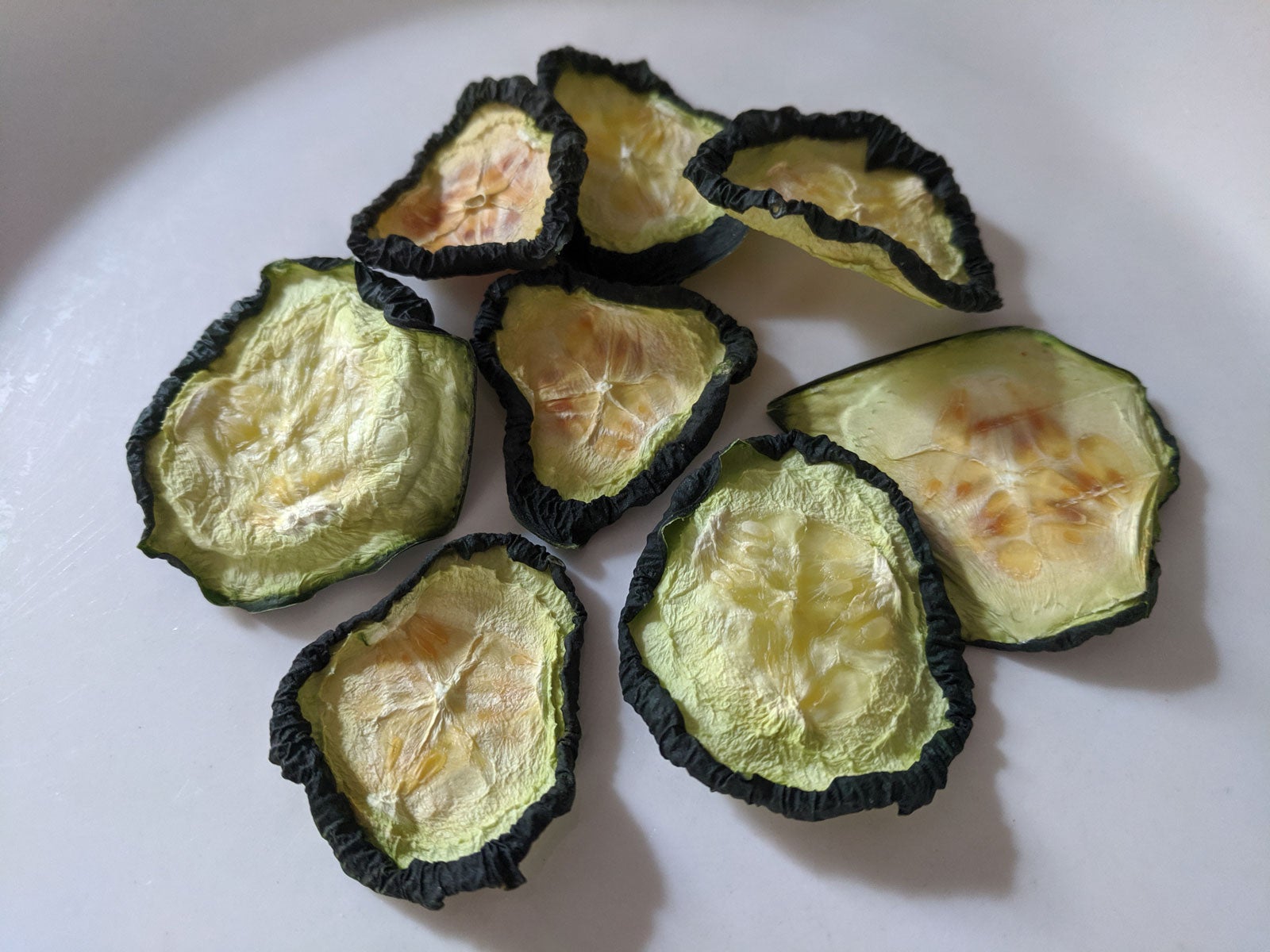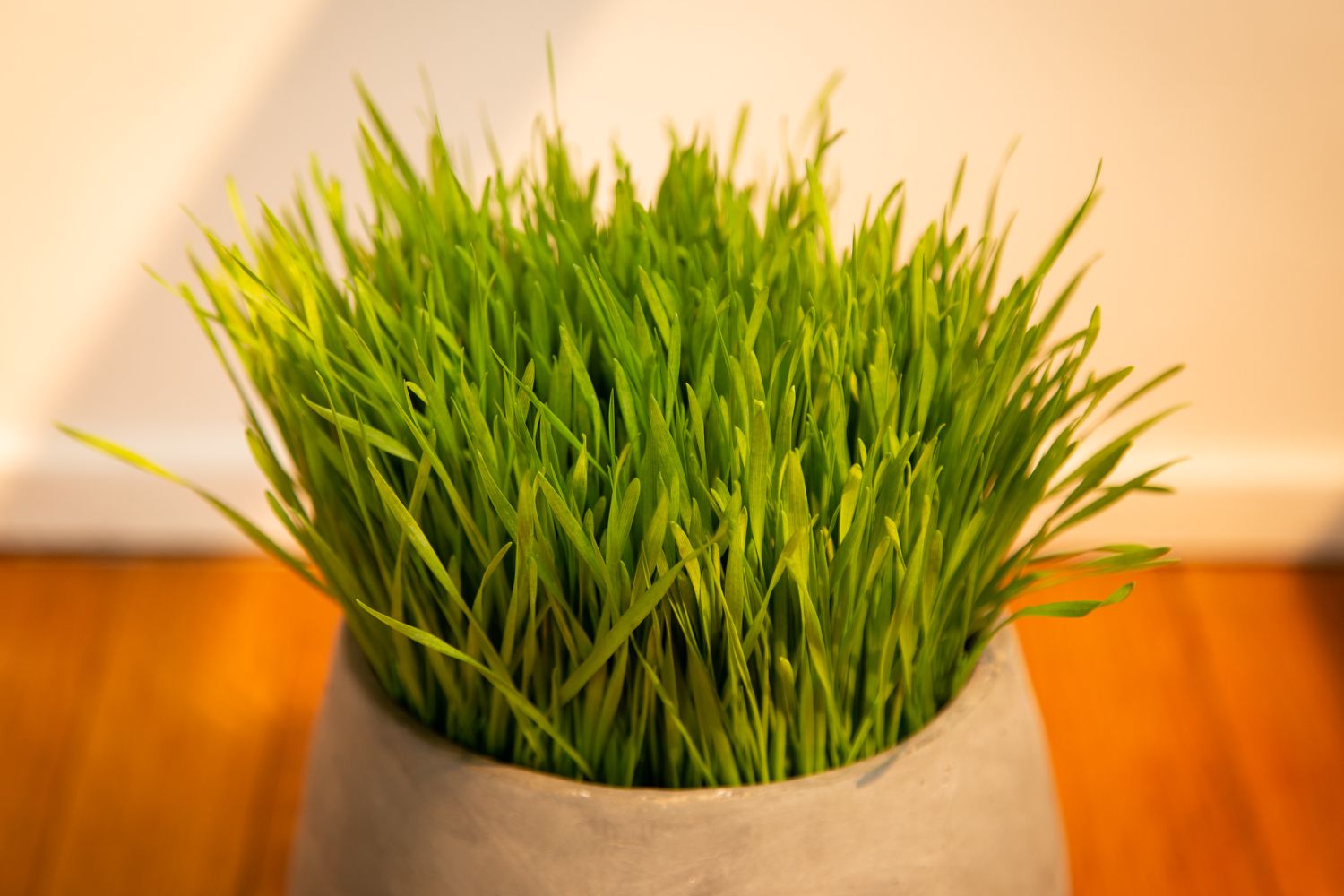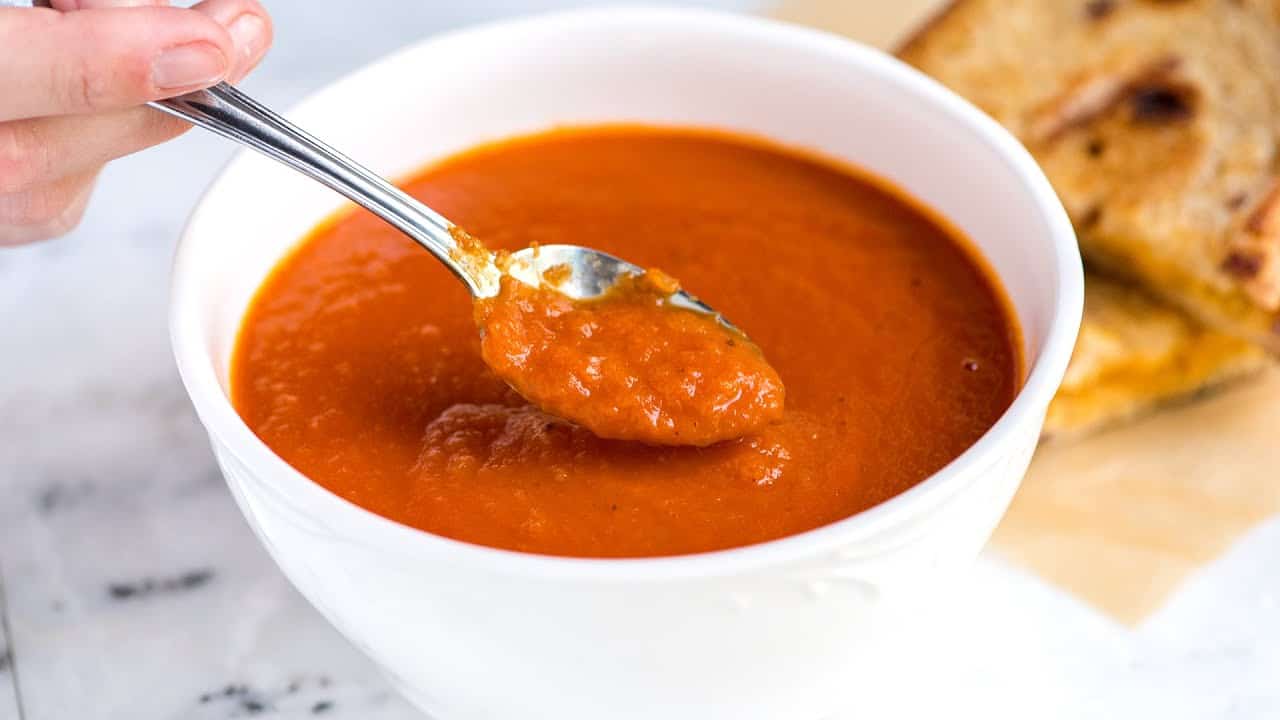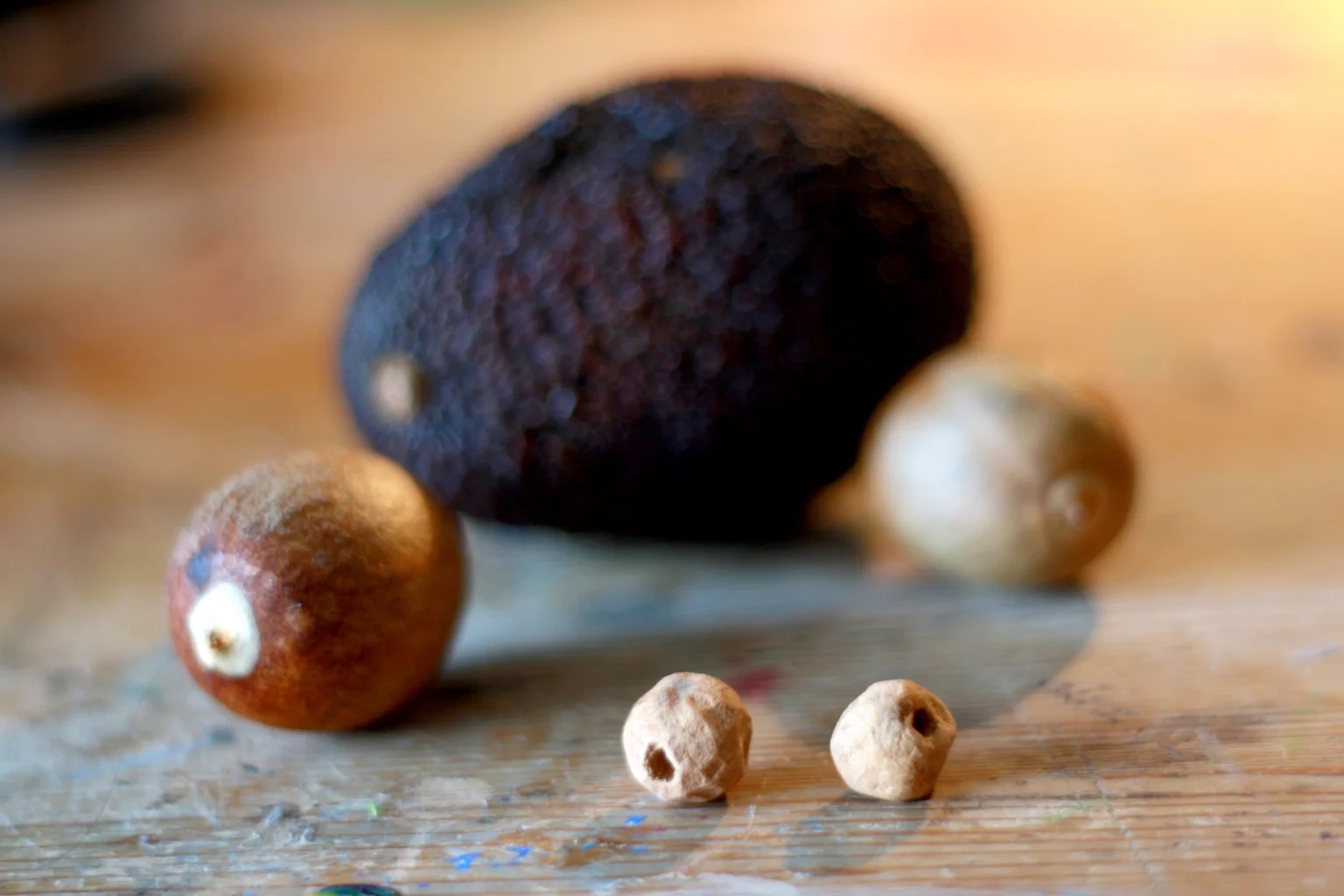Dehydrating Beef for Your Delicious Beef Stew
Beef stew is a comforting and hearty dish that many people enjoy, especially during the colder months. If you’re an outdoor enthusiast or just looking to save some space in your pantry, dehydrating beef for your beef stew is a great way to ensure you always have the main ingredient on hand. Plus, dehydrating beef is a simple process that anyone can do at home with the right tools and a little bit of patience.
Choosing the Right Cut of Beef
When it comes to dehydrating beef for stew, it’s important to start with the right cut of meat. Look for lean cuts such as round steak or flank steak. These cuts will dehydrate well and provide a flavorful addition to your stew. Trim any excess fat from the meat before proceeding with the dehydration process.
Slicing the Beef
Once you have the right cut of beef, it’s time to slice it into thin strips. For the best results, aim for slices that are about 1/4 inch thick. Slicing the beef against the grain will help ensure a more tender end product. You can use a sharp knife to do this, or for more consistent results, consider using a meat slicer if you have one available.
Marinating the Beef
Before dehydrating the beef, consider marinating it to add flavor. A simple marinade of soy sauce, Worcestershire sauce, garlic, and black pepper can infuse the beef with delicious savory notes. Let the beef marinate for at least a few hours or overnight in the refrigerator for the best results.
Dehydrating the Beef
Now it’s time to dehydrate the beef. If you have a food dehydrator, follow the manufacturer’s instructions for dehydrating meat. Typically, this involves arranging the marinated beef strips on the dehydrator trays and setting the temperature to around 160°F (71°C). Let the beef dehydrate for 6-8 hours or until it is dry and leathery in texture.
If you don’t have a dehydrator, you can use your oven to dehydrate the beef. Place the marinated beef strips on a wire rack set over a baking sheet to allow for air circulation. Set your oven to its lowest temperature (usually around 170°F or 75°C) and prop the oven door open slightly to allow moisture to escape. Check the beef regularly and rotate the trays as needed for even dehydration.
Storing Dehydrated Beef
Once the beef is fully dehydrated, allow it to cool to room temperature before storing it. You can store the dehydrated beef in airtight containers or resealable bags. Keep the beef in a cool, dark place such as a pantry or cupboard. Properly dehydrated beef can last for several months when stored correctly.
Rehydrating the Beef for Stew
When you’re ready to use the dehydrated beef in your stew, simply place the desired amount of beef in a bowl and cover it with hot water. Let the beef rehydrate for about 20-30 minutes, or until it has softened and plumped up. Drain off any excess water before adding the rehydrated beef to your stew.
By dehydrating your own beef for stew, you can ensure that you always have a supply of this essential ingredient on hand. Plus, the process allows you to customize the flavor to your liking, resulting in a delicious and satisfying beef stew every time.
So, next time you’re planning to make a batch of beef stew, consider dehydrating your own beef for a convenient and flavorful addition to this classic dish.
For those diving into the world of dehydrated beef, there are some standout recipes that really showcase its versatility. The Classic Beef Stew with Dehydrated Beef is a must-try, offering a comforting, hearty dish that's perfect for any season. If you're in the mood for something with a bit more kick, the Spicy Chili with Dehydrated Beef will not disappoint, combining bold flavors with the convenience of dehydrated meat. For a fusion twist, the Thai Beef Curry with Dehydrated Beef brings a delightful mix of spices and textures to the table, making it a unique and flavorful experience. Lastly, the Moroccan Beef Stew with Dehydrated Beef offers an exotic blend of spices and ingredients that will transport your taste buds on a culinary adventure. These recipes are not only delicious but also demonstrate how dehydrated beef can be a convenient and tasty addition to your cooking repertoire.
Was this page helpful?
Read Next: How To Dehydrate Corn Beef And Hash
